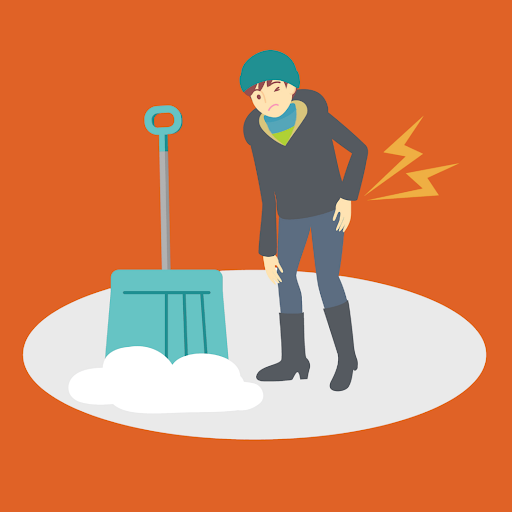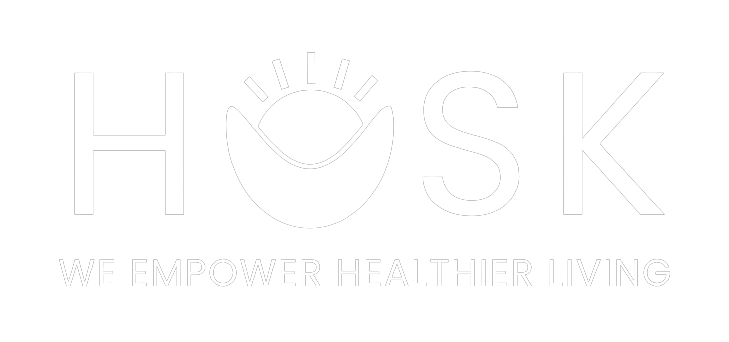
Safety With Shoveling Snow
Shoveling snow is a tough, no-joke workout, that engages ALL of the muscles throughout the body. Shoveling snow comes with obvious risks including slippery surfaces, muscle & ligament strain/sprain, and even cardiovascular implications. Physical therapy isn’t just for rehabilitating injuries – it’s also for general fitness, education, injury prevention and correcting muscle imbalances that lead to injury under stress. If you do not have an active lifestyle, your body may not be ready for a moderate bout of shoveling. Review the following tips to help you safely remove snow while decreasing your risk of injury:
Prep like an athlete: Snow shoveling is no joke! Ensure that you warm up properly and keep yourself hydrated! Treat shoveling like a workout.
Buy the right shovel: Opt for a shovel with a shaft that lets you keep your back straight while lifting. A proper length matters—too short means more bending, too long means heavier weight at the end (more stress).
Wear the right clothing: Dressing in layers is important. Like other moderate-high intensity activities, you’re body temperature will rise and you may need to shed a layer as you work. Ensure your shoes or boots have good traction, and be aware of slippery areas. Keep the feet warm, because if the toes and feet start to go numb, the chance of a trip and fall goes up.
Move the right way: Step in the direction in which you are throwing the snow to prevent the low back from twisting. Bend your knees and keep your back as straight as possible so that you are lifting with your legs.
Hydration Station: Remember that due to the cold, your body might not be registering thirst. Ensure that you keep drinking water, even if you don’t feel thirsty! It is recommended that you drink half of your body weight in ounces, daily!
Work smarter, not harder: Expecting a heavy snow fall? Shovel more frequently (every 2-3 inches) rather than wait until all 12 inches have fallen. This will reduce the amount of strain you put on your legs & back. Pro Tip: Salt your driveway and sidewalk BEFORE it snows – this will reduce the amount of snow that sticks.
Don’t be a hero: If you have pain, seek help! If you’re injured or suspect you might be injured, be sure to seek medical attention from a qualified healthcare practitioner.
There’s no day like a snow day! Keep yourself safe and warm so you can fully enjoy the beauty of mother nature.
If you DO end up with pain or an injury associated with the cold white stuff, book an appointment with one of our Physical Therapists today!
Mental Health
Movement
Marketplace
Nutrition
Physical Therapy
Rewards
HUSK Pro
Company
About
Contact
Press
Blog
© 2024 – HUSK | All rights reserved | Privacy Policy

